Haedrin Oriental Medicine Clinic [Tax Refund Shop] (해들인한의원)
10.0Km 2024-04-22
3F, 107, Sinchon-ro, Seodaemun-gu, Seoul
-
Bamseom Island (Ecosystem Conservation Area) (밤섬 생태경관 보전지역)
10.0Km 2025-04-29
Yeouido-dong, Yeongdeungpo-gu, Seoul
+82-2-3780-0793
Located at the Hangang River, Bamseom Island derives its name from its chestnut-like shape (bam in Korean). The island was designated as an Ecosystem Conservation Area by the Seoul Metropolitan Government in 1999 and was later recognized as Ramsar Wetland in 2012. Now an uninhabited island, Bamseom Island was once home to around 443 people, who were relocated after the island was exploded as part of the Yeouido Development Project. Today, it is known as a habitat for numerous migratory birds and plant species. People can enjoy views of the Island from Bamseom Park.
Supsok Hanbang Land (숲속한방랜드)
10.0Km 2024-03-18
75-7 Bongwonsa-gil, Seodaemun-gu, Seoul
Jjimjjilbang, a Korean-style sauna that combines a traditional bathhouse with a hot steam room, is often ranked high among the unique experiences in Korea chosen by foreigners. Taking a steam bath in a charcoal kiln discharges waste products from the skin through sweat and eliminates accumulated fatigue. Supsok Hanbang Land has several charcoal kilns for different temperatures. Using them in order from low to high-temperature rooms is good, but the highest-temperature room, “Kkottang,” has a risk of causing skinburn, so visitors are advised to wear socks and cotton gloves to enter the room. Another unique experience is to grill sweet potatoes or rice cakes on the brazier in front of the charcoal kiln.
Bongwonsa Temple (봉원사)
10.0Km 2023-03-13
120, Bongwonsa-gil, Seodaemun-gu, Seoul
+82-2-392-3007
Located on the outskirts of Ansan Mountain in Bongwon-dong, Seodaemun-gu, Seoul, Bongwonsa Temple, as the center of Korean Buddhism Taego, is a thousand-year-old temple with a long history and tradition. In 889 (3rd year of Shilla Queen Jinseong’s reign), Monk Doseon founded it at the ground of Yeonhui Palace (now Yonsei Univ.) and named it Banyasa temple. It was destroyed during the Imjin War in 1592, and later in 1748 (the 24th year of Joseon King Yeongjo’s reign), it was rebuilt and renamed “Bongwonsa” by two Buddhist monks, Chanjeup and Jeungam.
“Yeongsanjae,” one of the Buddhist rituals and also a National Intangible Cultural Property, takes place at Bongwonsa on June 6 every year wishing for world peace and the reunification of North and South Korea. It was designated as one of the Intangible Cultural Heritage of Humanity by UNESCO in 2009. During Yeongsanjae, visitors can enjoy the Buddhist arts such as Beompae (Buddhist temple music for rituals) and dancing. Also, during summertime, Seoul Lotus Flower Culture Festival takes place, where visitors can enjoy the beautiful lotus flowers which are a symbol of Buddhism.
Cheongdamdong Pojangmacha (청담동포장마차)
10.0Km 2024-03-07
25, Yonsei-ro 4-gil, Seodaemun-gu, Seoul
+82-2-363-4377
Cheongdamdong Pojangmacha hearkens to the idea of a pojangmacha, street food carts that often offer snacks and alcoholic beverages. During the daytime, Cheongdamdong Pojangmacha offers meals like chueogui dosirak (mon’s lunch box). In the evening, the restaurant’s snack menu with nearly 50 dishes is opened to the visitors. One can, for instance, find dak bokkeumtang (spicy braised chicken), cheese gyeran mari (rolled omelet with cheese), tteokbokki, manduguk (mandu soup), odolppyeo (pork belly cartilage), yukhoe (beef tartare) at affordable prices.
Runner Station at Yeouinaru Station (여의나루역 러너스테이션)
10.0Km 2025-11-06
343 Yeouidong-ro, Yeongdeungpo-gu, Seoul
With Seoul’s skyscrapers and the scenic Hangang River, Yeouido has become the top destination for Korean runners. In response to the growing popularity of running along the Hangang among the MZ generation, Yeouinaru Station introduced Runner Station, equipped with essentials like lockers and media boards displaying popular running routes. Wrap up your day with a refreshing run in Yeouido.
Bugaksan Mountain (북악산)
10.1Km 2024-03-04
Cheongun-dong, Jongno-gu, Seoul
+82-2-765-0297
Bugaksan Mountain is the mountain that one can see behind the Gyeongbokgung Palace and the Cheong Wa Dae to the north. Hanyangdoseong, the city wall that surrounded the historic capital of Hanyang, was built by connecting the ridges of this mountain. These walls can still be found today, having been preserved quite well. Different trails weave through the area along the Hanyangdoseong, the Seoul City Wall, and one can visit these trails at night as well. Bugak Skyway is a road that connects Changuimun Gate to Jeongneung Royal Tomb, and one can get a great view of Seoul’s city center from the Palgakjeong Pavilion on Bugak Skyway.
Olens - Sinchon Myeongmul Street Branch [Tax Refund Shop] (오렌즈 신촌명물)
10.1Km 2024-04-17
1F, 18, Myeongmul-gil, Seodaemun-gu, Seoul
-
Daiso - Shinchon Myungmool Street Branch [Tax Refund Shop] (다이소 신촌명물거리)
10.1Km 2024-06-26
27, Myeongmul-gil, Seodaemun-gu, Seoul
-
Bugak Skyway Palgakjeong Pavilion (북악스카이 팔각정)
10.1Km 2024-12-31
267 Bugaksan-ro, Jongno-gu, Seoul
Bugak Skyway Palgakjeong Pavilion exudes a tranquil, serene beauty regardless of the season. The pavilion, which sits on Bugaksan's 1,652,900 square meter summit at an altitude of 345 meters, was built in a traditional Korean-style and became a popular attraction within the city. There are also spaces for visitors to enjoy food and drinks.

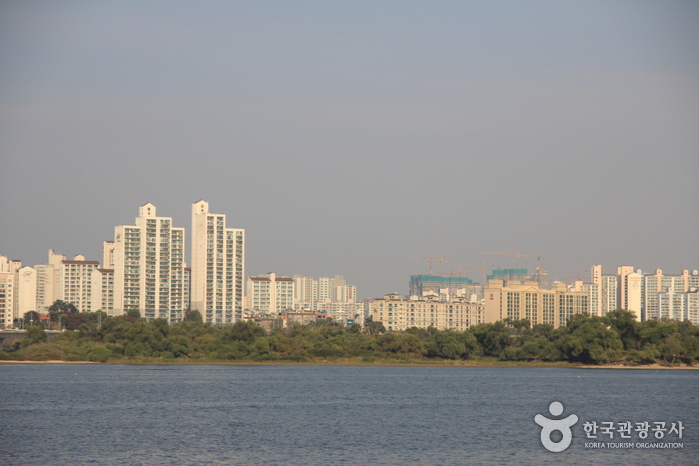
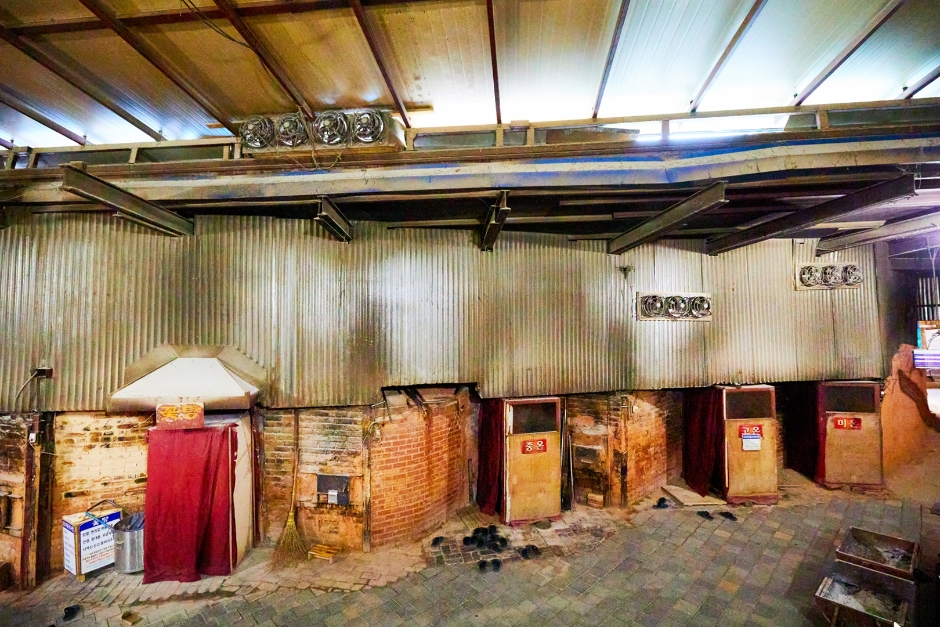
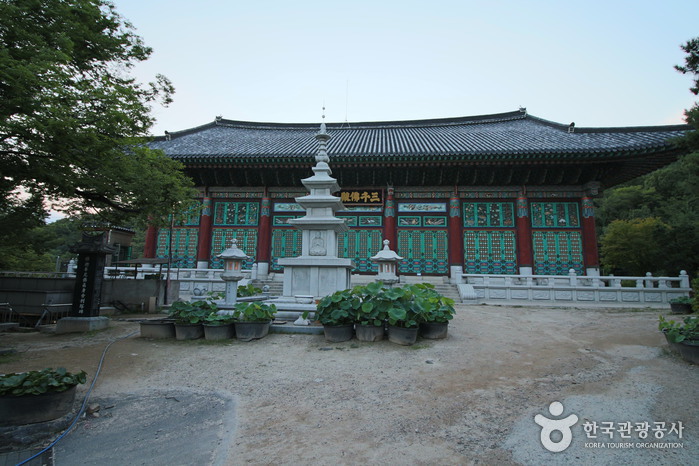

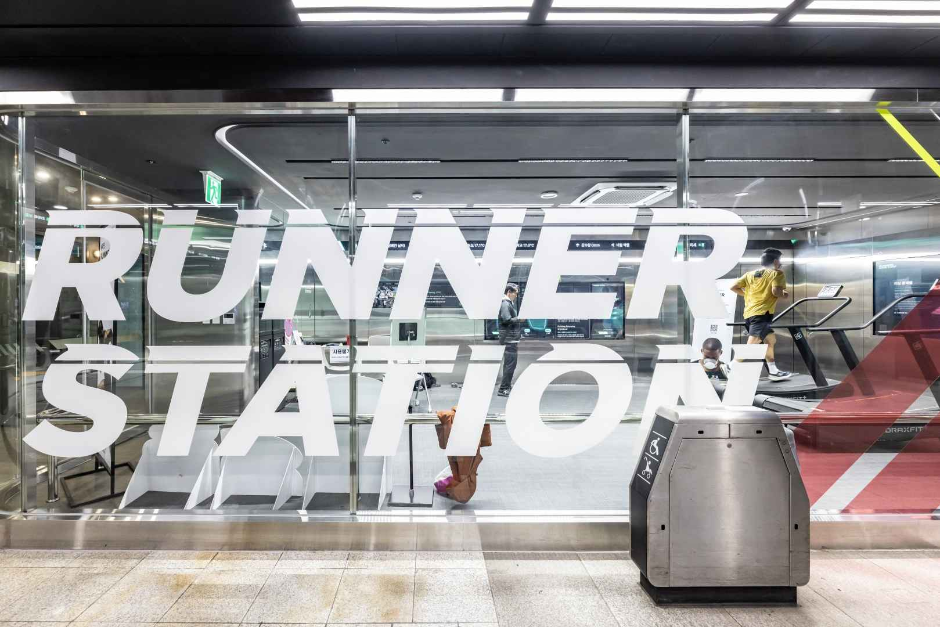
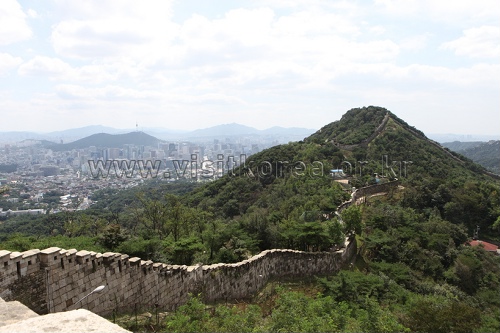
![Olens - Sinchon Myeongmul Street Branch [Tax Refund Shop] (오렌즈 신촌명물)](http://tong.visitkorea.or.kr/cms/resource/05/2888205_image2_1.jpg)
![Daiso - Shinchon Myungmool Street Branch [Tax Refund Shop] (다이소 신촌명물거리)](http://tong.visitkorea.or.kr/cms/resource/03/3313203_image2_1.jpg)

 English
English
 한국어
한국어 日本語
日本語 中文(简体)
中文(简体) Deutsch
Deutsch Français
Français Español
Español Русский
Русский